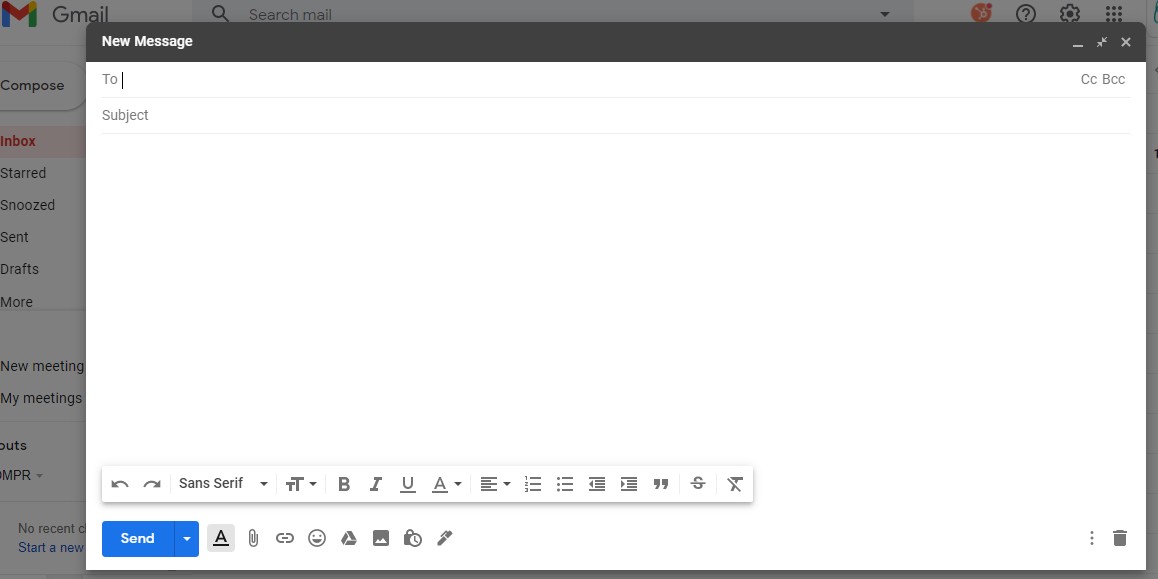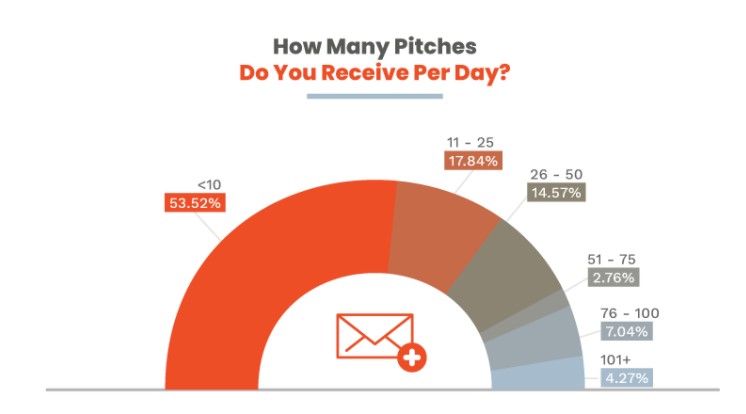
Pitching for newbies – The 3rd P of the “7P’s of PR”
Good stories don’t make it into the news cycle if you don’t tell them. And unless you are an incredibly famous person and/or one of the most sought-after voices in your industry, you’re going to have to pitch to get your message out there. Pitching is an art form. In order to do it well, and see success, pitching requires finesse, time, research, and a bit of luck. Just ask these journalists, there are A LOT of bad PR pitches out there. Don’t let yours be one of them.
Also, do yourself a favor and get your ducks in a row first before you send your first pitch. Make sure you have a PLAN, and be sure to PREP before you PITCH! (Review our summary of the “7 P’s of PR” here.)
Anatomy of a successful pitch
Let’s start by first defining a “pitch.” When we talk about “pitching the media,” we mean sharing information or news on a specific topic with the goal of having the journalist cover your story or idea. Before you start, make sure you actually have news to share. Pitching journalists on subjects that aren’t timely or newsworthy will ensure zero responses and will make them frustrated and annoyed. Just because your company exists and you had a sales meeting does not mean you have news to share. Don’t waste everyone’s time.
Now let’s dissect the pitch.
1. Subject line: You have mere seconds to grab a busy reporter’s attention. According to BuzzStream, 85% of reporters will open (or delete!) a pitch based on the subject line alone.
Reporters get hundreds of emails a day. In order to stand out, your subject line must immediately grab their attention and make them want to read further. Remember, keep it short, pique their interest, arouse emotion, and avoid sounding “click-bait-y.”

Source: Fractl “Survey Of 500+ Journalists Reveals How To Pitch the Media for Top-Tier Press Coverage
2. Body: Reporters are extremely busy, so get to the point quickly and don’t beat around the bush. Share the news, why it is relevant/important, and any areas of impact within the first paragraph.
Tailor pitches to provide enough background for context as needed, though don’t feel the need to overly explain a topic or bore a reporter with details. If they are interested and need more information, they’ll ask!
-
- For print/online stories, include a couple of different story angles or offer them a couple of different interview options.
-
- For broadcast, you’ll want to share information on what visuals are available – B-roll, live shots, exclusive interviews, etc.
-
- If you are pitching an expert resource to comment on a story, you’ll want to include information about the individual’s background and what makes them an expert on the topic.
-
- If you are pitching for podcasts or speaking engagements, include links to past interviews to give the host a sense of your style
-
- When pitching byline articles, share links to past articles you’ve had published. Or better yet, create a website or landing page to house links to all your past published work which you can easily share with editors who want to vet your writing chops.
3. Closing statements: Offer to be a resource, you are there to help them. Can you set up an interview? Provide additional information, background, links to past work, or other resources? What can you do to help them build a story? Again, reporters are BUSY. If you can give them everything they need to do the story, they’re more likely to do it.
Pro tips + Best practices
As we said earlier, pitching is a game of finesse. The tips outlined below will help turn an OK pitch into a great one.
1. Research the editor/reporter/host/producer: Make sure you are speaking their language. Research each and every journalist and tailor your story angles and pitches to their specific beat/area of interest. Your media list might indicate they are a “business editor” but on closer examination, you might find their real interest lies in green tech. You aren’t going to want to send this editor a pitch for your oil and gas company, but they would probably be interested in your new innovation in carbon capture technology.
When pitching podcasts or broadcast shows, make sure you actually listen to/watch several episodes to get a sense of what the host likes to discuss. Make sure your expertise is a good fit for their show.
2. Understand their audience: Do a deep dive into the outlet to understand not just what they are covering, but WHO they are writing for. Understanding their audience will help you tailor your byline article pitch or story pitch to be a good fit for the publication. Make sure you understand how they are speaking to their audience, what voice they use, and how your expertise can fit into the conversation.
3. Reference past work: Keep digging to see what the editor or producer has covered in the past. Many journalists love to do follow-ups and deeper dives into topics they’ve covered lightly or if there is a new innovation to note. If you can start a pitch with “I saw your recent article/podcast/show on XYZ and have a great follow-up story pertaining to ABC,” you’ll get noticed.
4. Offer exclusives: No journalist wants to think they are receiving the same cut and copied pitch that went out to 200 other editors. They want to be the first to cover the news, not another amongst the crowd. Offer exclusive interviews or footage, sneak peeks, or previews to a couple of your top-tier writers/producers to entice them to cover the story.
5. Organize the shot list: If you are pitching for broadcast coverage, you’ll need visuals. This could be a person to interview on camera, an event, or people in action. You may have the best story in the world, but if you don’t have any visuals or people who are willing to be interviewed on camera, then broadcast can’t and won’t cover it. Pro-tip: Confirm the shot list before you pitch, you don’t want to get the producers excited only to have to back out because the star of your story doesn’t want to go on camera.
6. Share a few options: When pitching byline articles, you’ll want to share a few options for article synopsis. You may think your top choice article is a slam dunk for a certain publication, but what you don’t know is that the magazine already has a similar article in the queue. Provide a few different article options so that editors can pick and choose what works best for their upcoming issue.
7. Be a resource: It is your job to bend over backward to help reporters get the story out. Help them help you. Share background, research, set up the interviews, offer B-roll, and follow up to make sure the journalist has everything they need.
8. Follow-up: If you don’t hear back from the reporter after your initial pitch, follow up. Sure, some reporters haven’t responded because they aren’t interested. But others may have flagged it for follow up and need that gentle nudge to get the wheels rolling. Give the reporter 2-3 days before the first follow up. If they don’t respond after two rounds of follow up, it’s time to move on.
9. Paste a press release in the body of the email: Always paste a press release into the body of an email. Many reporters hate attachments and, especially if they are viewing on their mobile device, prefer to scroll down an email instead.
10. Attach images: Alternatively, always attach images as opposed to embedding them in the email. There is nothing more annoying than a giant image taking up the body of an email. By attaching images, the reporter has them if and when they are needed. Attaching images saves the reporter the extra step and when they are on a tight deadline, this can be the difference between a stock image accompanying your article, or the image you’ve carefully curated.
Building relationships: The most important part of pitching
When you pitch well you gain reporters’ trust and begin to build a relationship with them. Follow the Golden Rule: Treat others (journalists) the way you would want to be treated. Treat them as a person with a job to do – and help them do it well. Think like a reporter, what information would you want to write about? What imagery would make a really good broadcast segment? What information would you need to make a really good story? How can you make their job easier?
Journalists remember who sends relevant pitches and useful information. Once you start to build a rapport, they may even start reaching out to you directly for story ideas and interviews. Then you’ve really reached the Shangri-La.

Diana Crawford is a seasoned public relations consultant with more than 15 years of agency, consulting, and in-house experience. She joined Orapin in 2013 and manages account services and client communications strategy development. She has worked across a variety of industries and has expertise with professional services, food/alcohol, health and wellness, lifestyle, sports, education, tech, and non-profit organizations.
